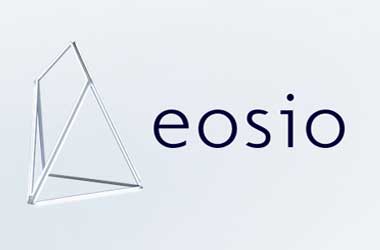
The most recent technical evaluation conducted by the CCID assessed initiatives on the basis of three criteria: fundamental technology, application, and innovation. Following EOS, the Ethereum blockchain was followed by the proof-of-believability IOST blockchain, the Justin Sun-backed Tron network, and Tezos, in that sequence.
Additionally, CCID experts emphasized the progress made by the Ethereum network, which recently announced the Altair update in order to prepare the way for the upcoming Ethereum 2.0. The panelists also discussed the launch of the NEO N3 Mainnet and the release of the Dash platform v0.20 testnet, both of which occurred recently. Additionally, the CCID gave EOS the maximum possible score (105.4) for its fundamental technology. Ethereum ranked first in terms of application (33.4), whereas Bitcoin ranked first in terms of inventiveness (24.2). (44.8).
The EOS.IO platform, which was named after the Greek word for “Dawn,” was built by the private business Block. one and launched in early 2018. The network promises to be capable of processing millions of transactions per second while charging no transaction costs.
The Hong Kong-based company ran the world’s longest-running Initial Coin Offering (ICO) between 2017 and 2018, which was the longest-running ICO in history. The idea received support from well-known personalities such as PayPal co-founder Peter Thiel. The token sale brought in around $4.3 billion, which was utilized by Block.one to sustain the EOS blockchain, according to the company.
However, the Securities and Exchange Commission (SEC) went after the corporation and its network in late 2019 and obtained a court order. The claims included the selling of unregistered securities via its initial coin offering (ICO) and the provision of insufficient investor information. Block. one did not respond to the regulator’s complaints in any way, either positively or negatively.
A $24 million settlement, or around 0.58 percent of the money collected during the ICO, was reached with the company, however. A study from the University of Texas, which came out last month, only served to aggravate the situation.
According to the magazine, the EOS ICO was plagued by wash-trading in order to artificially inflate currency demand. Early in 2018, the EOS token reached an all-time high over the $20 mark, surpassing all previous highs. Following the imposition of fines by the regulator, the token fell below $5. EOS began to gather traction in the middle of May of this year, when it reached a high of about $14. Following that, in June, the token fell below the $7 mark once again.
Bullish attitudes ruled supreme in May, when Block.one announced that it will spend $10 billion in a new cryptocurrency exchange called Bullish Global. That is exactly what occurred when EOS announced intentions to list on the New York Stock Exchange (NYSE) via a SPAC merger in July of this year.
The EOS token, on the other hand, is still around 77 percent away from its all-time high. According to our data, EOS was trading at $4.46 at the time of publication.
